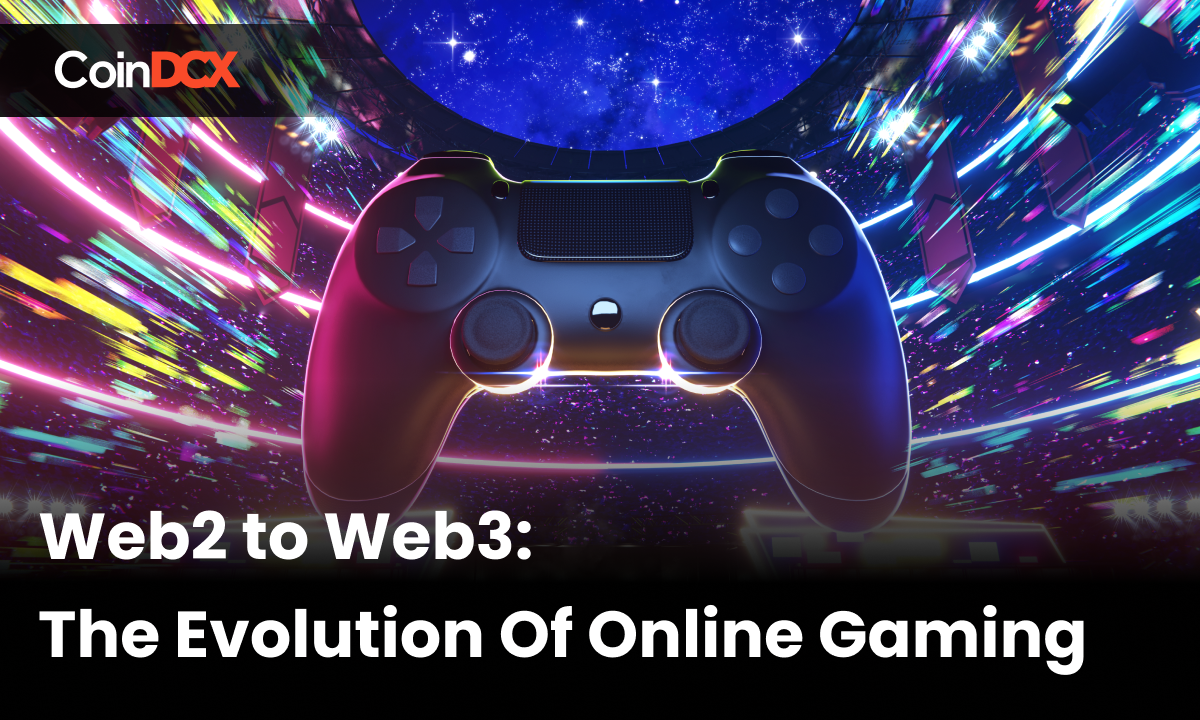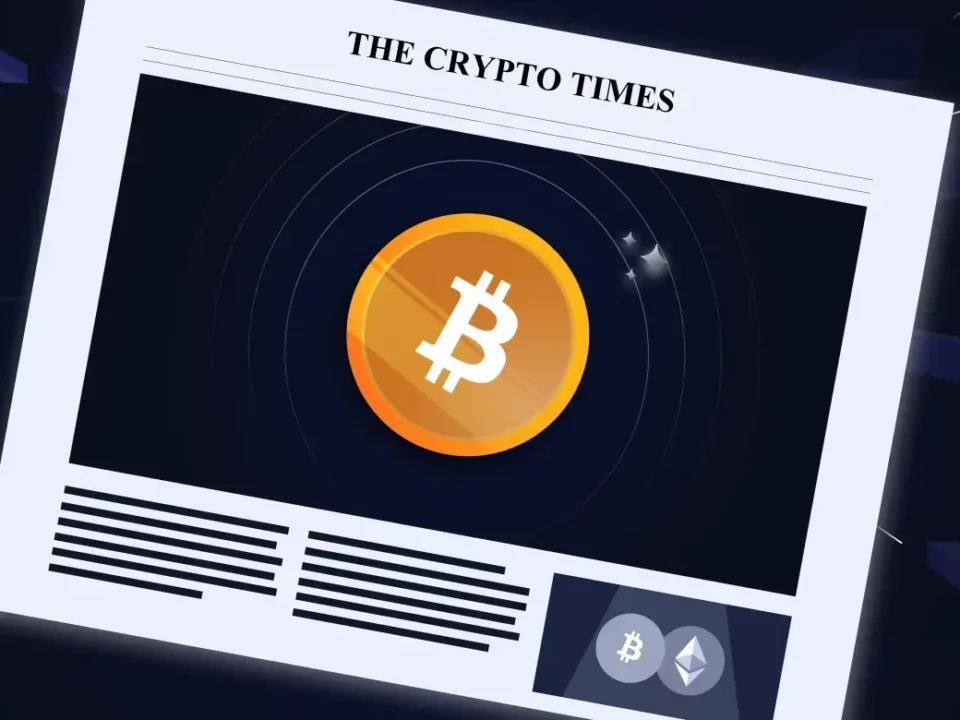CoinDCX, India’s highest-valued crypto exchange platform is holding the biggest Web3 event of the year! Yes! UNFOLD is officially happening and the amazing panelist and speakers are emphasizing the importance of Web3, and how Web3 is revolutionizing the online gaming space for you!
In the third segment for the inaugural day of UNFOLD, Web3 experts came together and discussed everything you need to know about Web3 and gaming. Most importantly, the experts commented on what is the major difference that sets Web2 and Web3 apart.
To kick start the session, UNFOLD had these imminent speakers to share their thought on Web3.
- Sai, Co-Founder, MPL
- Ashish Buria, Co-Founder, Dreamcapes
- Alex Shalash, CEO, Metaengine
- Puneet Kumar, Managing Director, Steadview
- Oliver Jones, Co-Founder and CEO, Bombay Play
But before diving into the details of the UNFOLD session, let us take a quick look at What Web3 is?
What is Web3?
To put the Web3 craze in a nutshell, Web3 is all about ownership. In today’s world, we have so much of our content and creations out in the world via the Internet, but we rarely own any of those. Web3 is disrupting that particular issue and is bringing ownership to the creators.
Thus Web3 is going to revolutionize the way we think about ownership in the Web2 world. The space is still in its nascent stages so only time can say what new kinds of business will emerge to take advantage of this new ownership of digital content and create a new digital economy.
JOIN UNFOLD 2022, POWERED BY COINDCX
The special panel curated by CoinDCX and its partners talked about Web3 and how gaming has come to be included in this evolving space. Puneet Kumar, Managing Director of Steadview, who has always been curious about gaming has moderated the session with all of the questions we have been asking as well! Let us take at what the speakers had to say.
Q1. What is the Biggest Change according to the speakers as they move from Web2 to Web3 gaming?
Sai: Sai stated that he does not think there is much of a difference between a Web2 and a Web3 game. The only advantage to having any sort of Web3 element in a game is that you can incorporate the element of trading. Drawing an example from our everyday use case, he stated, similar to how if oil was available to all in abundance, there would not be any trade on oil; if there is an abundance of a digital good, there will not be any need for them. The players can then easily buy from the game developers and everyone will be happy with what they have. To create a demand, the element has to have a verifiable scarcity and authenticity. This is exactly what blockchain is providing, the authenticity of an element and rock-solid proof of the availability of a particular object. It is this feature of blockchain that creates the biggest difference.
Alex Shalash: Picking up from where Sai left, Alex stated that from his point of view, even though evolution is a constant part of technology, the entertainment aspect of the industry needs to be there. An entertaining experience is what people are attracted to and what keeps them coming back. However, one of the biggest differences between Web2 and Web3 is the fact of real ownership. He believes that in the coming time, there is going to be a huge shift of data ownership, from the builders of the game to the players. The players will be able to own their digital gaming assets, their progress in the game and so on. Any asset they pick up on the way, in a game, will be tradable and be of value.
Oliver Jones: Oliver started sharing his thoughts with the most relatable quote for developers. He said, “It feels like we Web2 developers just figured out what it is and now a new model has come and mess everything up.” He went on to comprise the evolution of gaming from a developer’s POV. During the early gaming period, developers di not have to think much about monetizing the games as the earnings were made upfront. Moving onto the Zinger games, the developers had to put monetization at the core of the game because there was no other way to grow for a developer. With Web3, the developers have been presented a whole new model and it has given them a nudge to build gaming from the ground up.
Ashish Buria: As for Ashish, Web3 is the most exciting aspect of gaming! And he has a reason for it. As an avid Web2 gamer, Ashish used to spend a lot of money in games. However, after playing a game for a certain amount of time, he realized that he does not actually own anything in those games and it is of actually no value, the amount of time he put in. With Web3 coming in to the space, he can not only keep playing games, but also own the digital assets he buys or the path he covers in the game circles back to give him something to be the owner of. That is what Web3 and gaming is bringing for him.
To Summarize:
Web3 is bringing the following into the world of gaming and in general:
- Value of Ownership
- Authenticated scarcity of assets
- Varified proof of the uniqueness of a particular asset
Q2. Challenges faced during building games in Web3
Being a game developer himself, Ashish took up answering this question first! He stated that while the developers were building on Web2, all they needed to do was build a game and upload it on PlayStore. With Web3 coming into the picture, developers now need to learn about tokenomics, blockchain, and a lot more to build games compatible with the new world. That is the main challenge for the gaming developers.
Talking from the gamers’ UX perspective, Oliver spoke about the process to convince users about entering a game with a wallet! That is a tough feat to convince the users to first create a wallet and then enter the gaming space. The main challenge is to impose enough criteria to convince people onto Web3 gaming.
Alex took up the challenge pointed out by Oliver and revealed that coming from the traditional standpoint, Metaengine understands the challenges that persist in the evolving Web3 space today and soon they might be coming out with solutions to the problems the developers are now facing.
Q3. Thoughts on Real Money Games (RGM) and Play-to-Earn Games
Leading the conversation around RGM and Play-to-Earn games, Sai commented that it is basically looking at different sides of the same coin. He also commented on the fact that, if the Play-to-Earn game is to have massive adoption, India is the best opportunity for it.
While Ashish pointed out the fact of ownership that will drive the users demands, Olive answered to the problem that this would create for the creators, revenue-wise. He stated that given the ownership factor, developers can now only create an asset once and that is it. Once sold, there is no revenue or commission earned by the creators anymore.
Following this flow of conversations, Puneet pointed out that the revenue generated by the developers via the games will be distributed among the players? To this Oliver responded, “ We are still figuring it out.” To this Sai commented that revenue is not exactly the right track of conversations when it comes to Web3 games.
To know more on Web3 and how the UNFOLD event decoded the evolving space for you, hit the play button!
Related posts
Understanding the Different Types of Cryptos: Coins, Tokens, Altcoins & More Explained
Explore the major types of crypto assets and their unique roles.
Read more
Bitcoin Price Hits New All-Time High Following Fed’s 25-Basis-Point Rate Cut
Fed’s interest rate cut spurs crypto momentum, boosting Bitcoin and Ethereum prices.
Read more


